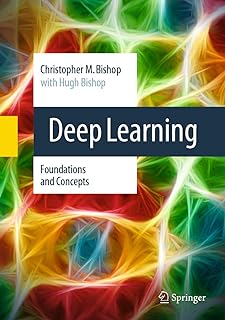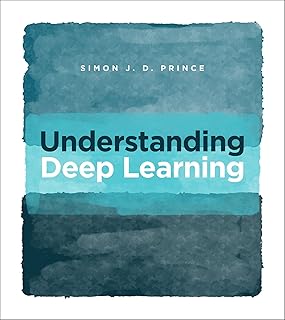Deep learning, often hailed as a modern marvel, is making significant strides in the realm of artificial intelligence. While some liken it to magic, the reality is that deep learning is fundamentally rooted in mathematical principles executed on a grand scale. This technology has the power to discern objects in images, understand speech, translate languages, and even best human players in strategic games like Go.
Deep learning operates within the broader field of machine learning, a domain that has been a focal point of artificial intelligence research. Machine learning involves approximating functions based on data points, a process that underpins the capabilities of systems like self-driving cars and speech recognition software. At its core, deep learning refines neural networks by strengthening connections, a method that involves tuning these networks with the aid of data.
Within a machine learning framework, certain key components shape the system’s functionality. These include the performance element, target function, training data, data representation, learning algorithm, and hypothesis space. These elements collectively determine the machine’s learning capacity and the extent of its autonomy, illustrating the intricate interplay between human input and machine capability.
While deep learning has emerged as a potent tool in artificial intelligence, it still heavily relies on human intervention to define learning objectives and formulate problems that machines can solve. The development of systems like AlphaGo, which famously defeated human champions in the ancient game of Go, necessitated extensive human effort and meticulous training to enhance performance levels.
Reinforcement learning, a subset of machine learning methods employed by AlphaGo, involves the program learning to maximize rewards by making decisions and observing outcomes. This iterative process underscores the system’s reliance on predefined parameters and constraints, highlighting the structured nature of machine learning mechanisms.
Despite its advancements, machine learning is far from a genie that operates autonomously. Rather, it represents a step in the ongoing quest to comprehend intelligence and construct artificial intelligence systems capable of human-level cognition. The intricate dance between human guidance and machine learning underscores the collaborative nature of technological evolution in the field of artificial intelligence.
As researchers continue to push the boundaries of deep learning and machine learning, the symbiotic relationship between human ingenuity and computational prowess remains paramount. While the allure of autonomous systems may captivate imaginations, the reality underscores the intricate balance between human guidance and machine autonomy in the realm of artificial intelligence.
📰 Related Articles
- Quantum Breakthrough: Faster Machine Learning Outperforms Supercomputers
- Machine Learning in NHL Betting: Enhancing Profitability Through Data
- Machine Learning Enhances Cervical Cancer Staging Accuracy
- Google Enhances Machine Learning Crash Course with LLM Modules
- Deep Learning Transforms Valvular Disease Severity Assessment






